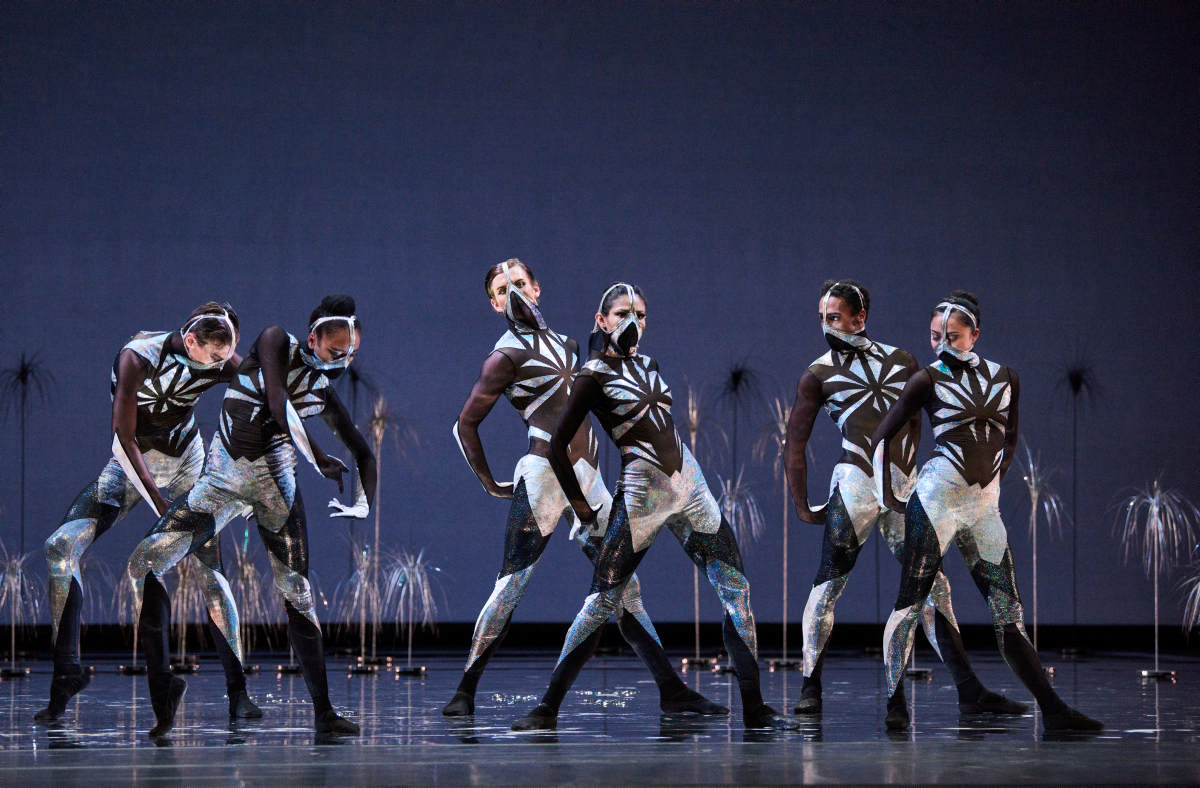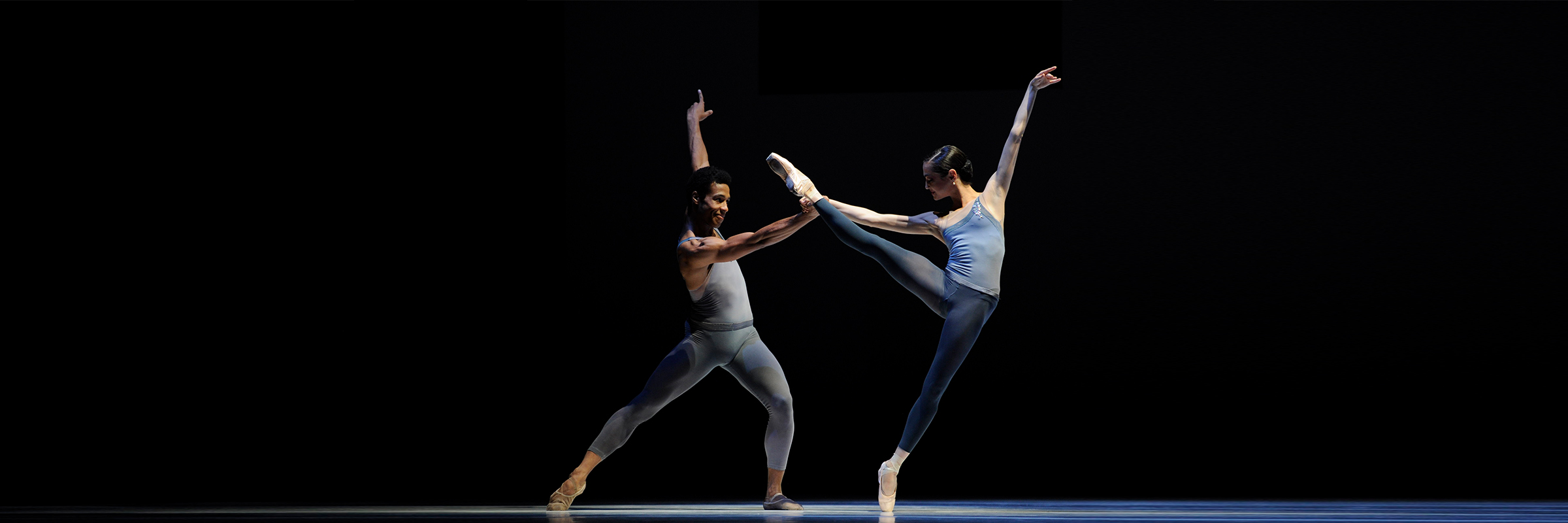Past Forward: How Triple-Bill Programs Have Shaped Ballet
Mixed Repertory: The Cutting-Edge of Ballet Innovation
For many people, when they think about ballet, they think about story ballets: the big 19th-century classics like Swan Lake, with its white swans and tragic love story, or The Sleeping Beauty, with its fairy-tale princess and evil sorceress, or, perhaps most of all, The Nutcracker, with its growing tree and holiday cheer.
But, in fact, most ballets performed by large dance companies, and by San Francisco Ballet in particular, are not these two-, three-, or even four-act story ballets with opulent sets and epic narratives that take a full evening to perform. Rather, they are shorter works, often about twenty minutes in duration, that appear alongside two or three other pieces on a “triple bill” or “mixed repertory” program.

This kind of mixed-bill programming dates back to the origins of ballet, when, in the court of Louis XIV, short, often abstract, ballets would appear in tandem with longer narrative dances or pantomimes. This tradition, modified, continued into the 19th century, when it was common to perform an excerpt from an opera or a short ballet before a full-length ballet on the same program. This explains why some older ballets, like Giselle or La Sylphide are only two acts, rather than three or four. Even The Nutcracker was first performed in conjunction with Iolanta, a short opera by Tchaikovsky.
But the “triple bill” as we know it today—three 20–40 minute ballets, often with small, self-contained stories or no story at all—emerged in the early 20th century at Sergei Diaghilev’s Ballets Russes. This development was in part a reflection of a change in the relationship of dance to music: In the 19th century, choreographers only choreographed to music specifically written for dance and this music followed very strict formal rules. At the turn of the 20th century, however, inspired by modern dancer Isadora Duncan, ballet choreographers began to experiment with using “high art” concert music, such as that of Chopin, Saint-Saens, and Debussy, as the inspiration for their ballets. This kind of music lent itself not to long story ballets, but instead, to shorter compositions that were closely attuned to their music.
Ballets Russes choreographer Michel Fokine was at the forefront of this change. Starting around 1910, he began to compose shorter works that were under an hour and were often performed alongside other short works or excerpts from longer ballets. Some of these works were solos or duets, but many, like Petrouchka or Les Sylphides, had full casts and were complete ballets in miniature. Later choreographers working with the Ballets Russes, such as Vaslav Nijinsky, Leonid Massine, and perhaps most famously, George Balanchine, continued this practice, creating short ballets that could be programmed together to create a full evening of dance. For example, on May 23, 1913, the Ballets Russes performed a mixed bill featuring Fokine’s Firebird, Shéhérazade, and Le Spectre de la rose, alongside Nijinsky’s L’Après-midi d’un faune. This practice quickly spread to Russia and the United States, gaining popularity with companies new and old.

Today, mixed bill performances often bring works by these earlier choreographers together with brand-new pieces to showcase both the highest achievements of 20th-century ballet and the inventions of the 21st. Under the direction of Helgi Tomasson, San Francisco Ballet has become internationally known for mixed repertory performances that feature new choreography. In 2019, San Francisco Ballet will present five triple-bill programs (including the three ballets of Shostakovich Trilogy), featuring fifteen ballets, 10 of which were choreographed since 2013 and two of which are world premieres. As they did at the Ballets Russes in the 1910s and 20s, mixed bills at San Francisco Ballet feature the cutting-edge of ballet innovation and provide audiences with tantalizing glimpses into the future of the form.
Header image: Mathilde Froustey and Daniel Deivison-Oliveira in Helgi Tomasson’s The Fifth Season // © Erik Tomasson








